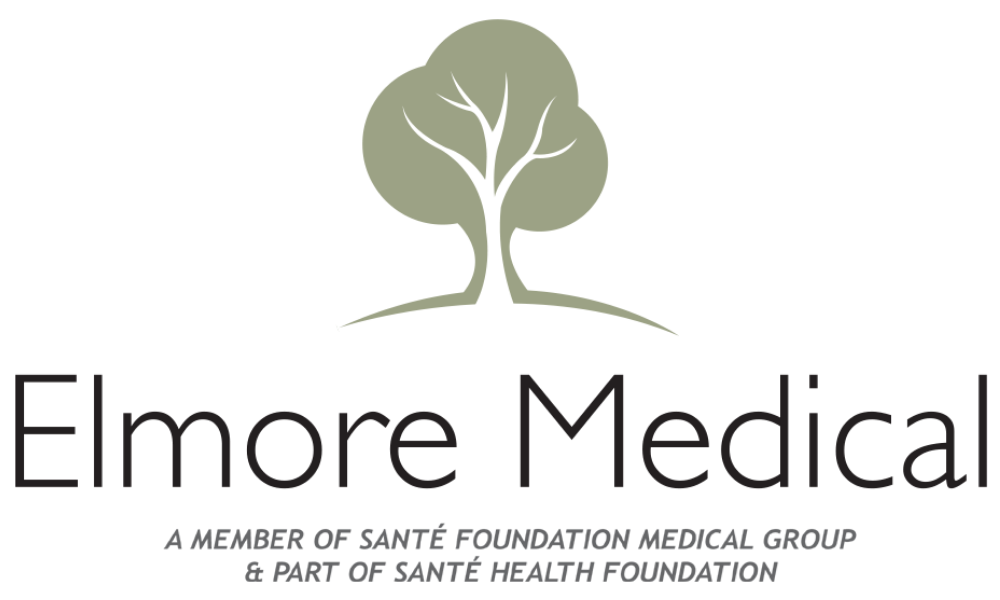How Regular Walking Can Improve Circulation and Vein Function
When it comes to protecting your vein health, the solution might be as simple as putting one foot in front of the other. Walking is a low-impact, accessible exercise that offers immense benefits for your veins and overall circulatory system. Whether you're managing chronic venous insufficiency (CVI), looking to prevent varicose veins, or simply want to support your cardiovascular health, regular walking can play a vital role.
Let’s take a closer look at how walking supports vein health and why adding a daily walk to your routine can make a meaningful difference.
Understanding the Circulatory System and Your Veins
Your veins are part of the vascular system, a network that includes arteries, veins, and capillaries. Veins are responsible for transporting deoxygenated blood back to the heart. Unlike arteries, veins don’t have strong muscular walls to push the blood along. Instead, they rely on a series of one-way valves and surrounding muscle movements to aid in circulation, especially in the legs, where blood has to work against gravity.
When these valves weaken or when blood pools in the lower extremities, it can lead to conditions like varicose veins, spider veins, or even more serious venous insufficiency. Regular physical activity, particularly walking, plays a key role in keeping the veins functioning effectively.
Why Walking is Especially Good for Your Veins
Unlike high-impact exercises that may strain joints or put undue pressure on the legs, walking is a gentle yet effective way to stimulate blood flow. Here's why walking stands out:
Activates the Calf Muscle Pump
When you walk, your calf muscles contract and act like a secondary heart, pushing blood back toward the upper body. This “muscle pump” mechanism helps propel blood through the veins and prevent pooling.Reduces Venous Pressure
Standing or sitting for extended periods increases pressure in the leg veins. Walking counteracts this by encouraging regular movement, which lowers venous pressure and reduces swelling or discomfort.Supports Valve Function
Consistent motion helps maintain vein elasticity and encourages proper function of vein valves. Healthy valves ensure blood flows in the correct direction—toward the heart.Improves Overall Circulation
Walking gets your heart pumping, improving the entire circulatory system. Better circulation means better delivery of nutrients and oxygen and more efficient removal of waste products from the body.
Long-Term Benefits of Walking for Vein Health
Over time, incorporating regular walks into your routine can lead to a noticeable improvement in leg health and a reduced risk of developing venous disorders. Some of the long-term benefits include:
Less leg swelling and discomfort: Walking promotes lymphatic drainage and helps flush out excess fluids that can lead to swelling or heaviness in the legs.
Lower risk of varicose veins: While genetics plays a role, walking helps mitigate the contributing factors, like poor circulation and sedentary behavior.
Improved endurance and energy levels: Stronger cardiovascular health results in better stamina and less fatigue throughout the day.
Walking as a Preventive Measure
For individuals at risk, due to family history, pregnancy, obesity, or sedentary work, walking can serve as a preventive strategy. Sitting or standing for long hours (as is common in desk jobs or retail work) increases the likelihood of vein issues. A simple habit like taking a brisk 20-minute walk before or after work can offset the negative effects of a sedentary lifestyle.
Additionally, walking during breaks or lunch hours can help break up long periods of inactivity and reduce the cumulative strain on your legs throughout the day.
Tips for Making Walking Part of Your Routine
If walking isn’t already part of your lifestyle, start slowly and build gradually. Here are some helpful strategies:
Set a schedule: Aim for at least 30 minutes of walking a day, five days a week. This can be broken into shorter sessions if needed.
Wear compression socks: For added vein support, especially if you already have mild symptoms or a history of vein issues, compression stockings can reduce discomfort and aid circulation.
Choose supportive footwear: Proper walking shoes provide cushioning and encourage healthy movement, reducing strain on the legs and feet.
Use walking as transportation: Consider walking to the store, post office, or around your neighborhood instead of driving for short trips.
Add variety: Take different routes, walk with a friend, or listen to music or podcasts to keep the activity engaging.
Who Should Be Walking More?
Everyone can benefit from walking, but it’s particularly important for people who:
Have a family history of varicose or spider veins.
Are you recovering from surgery or illness that has reduced your mobility?
Work long hours at a desk or standing still.
Are pregnant or postpartum.
Have early symptoms like heavy legs, mild swelling, or visible veins.
Always consult with a healthcare professional if you're experiencing persistent leg pain or visible changes in your veins before starting any new exercise regimen.
Final Thoughts: Every Step Counts
You don’t need a gym membership, expensive gear, or hours of free time to protect your vein health. A consistent walking routine—done daily or even a few times a week—can significantly boost circulation, strengthen your veins, and enhance overall vascular function.
Think of walking as one of the easiest yet most effective investments you can make in your long-term wellness. It’s gentle, empowering, and a daily habit that brings both immediate and lasting benefits for your veins and your entire body.
So, lace up your shoes and take that first step—it may just be the best thing you can do for your veins today.
Elmore Medical Vein & Laser Treatment Center is the premier vein specialty medical practice in the Central Valley. Dr. Mario H. Gonzalez and his staff offer years of experience and medical expertise that you won’t find anywhere else. Contact us to set up a consultation appointment.

